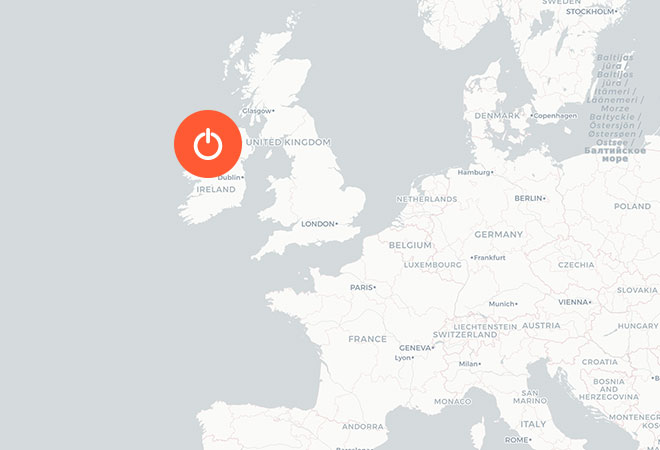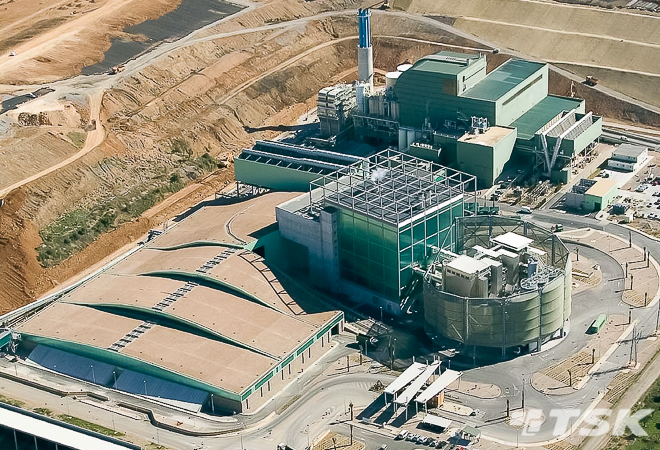
Waste to Energy Plants
Waste-to-energy plants use urban, industrial or agricultural waste as raw material. Energy is produced through a thermal process (combustion, gasification or pyrolysis) or through an anaerobic biological process. The final product is electrical energy, biogas or a synthetic gas that can be injected into the gas network or bottled.
Decrease in the amount of waste
Waste-to-energy plants are capable of reducing the volume of waste by 95%, thereby reducing the space required for final disposal of the waste.
Energy recovery
The electricity and heat produced by these plants are integrated into the regional energy system. For example, Sweden generates 8% of its heating needs from waste incineration.
Pollution reduction
Waste-to-energy plants are less likely to pollute the environment than landfills. Landfills release greenhouse gases, nitrogen oxides, dioxins, hydrocarbons and organic compounds into the atmosphere. Landfills also leach out polluting chemicals, contaminating aquifers.
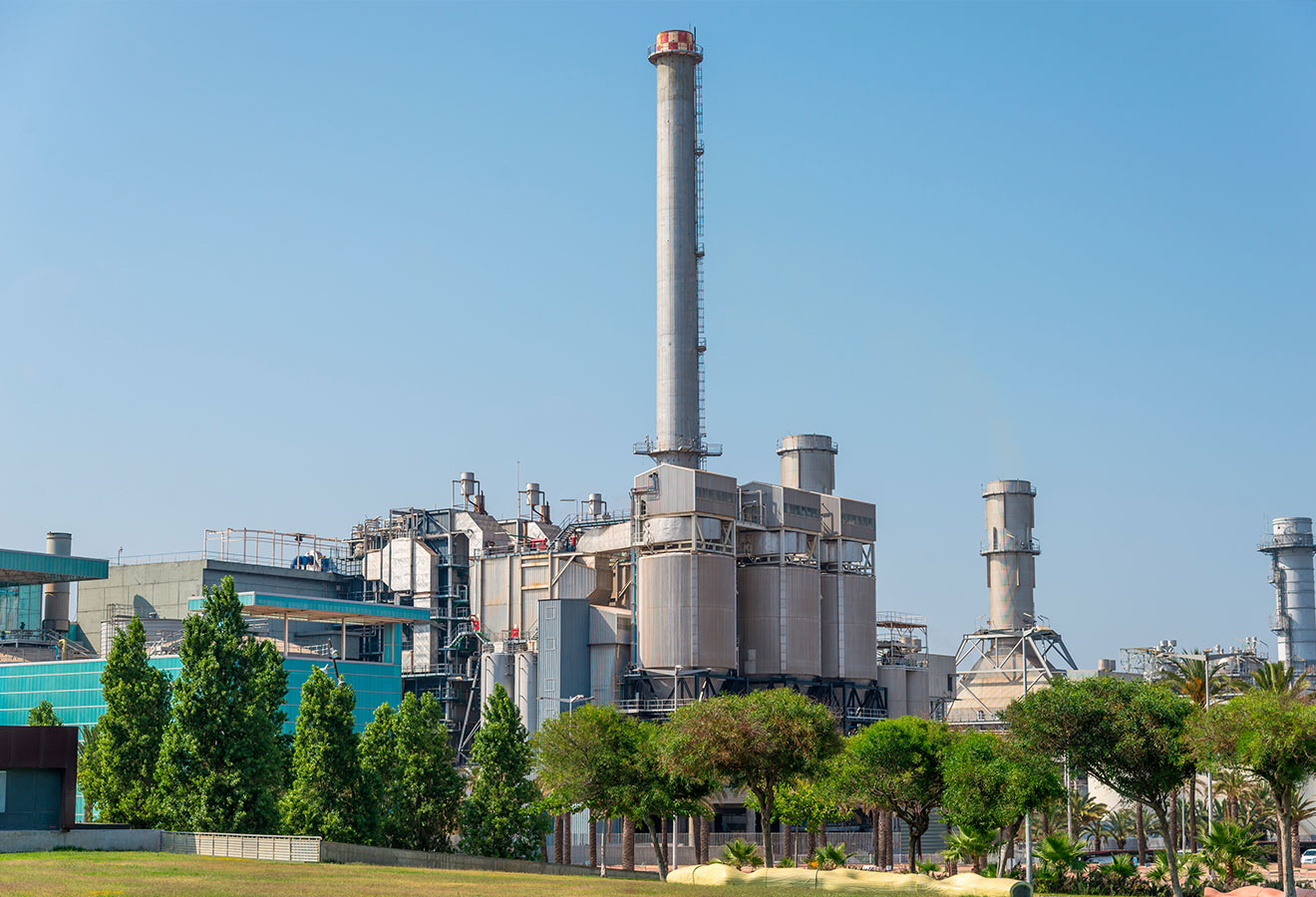
Incineration
Waste-to-energy plants use urban, industrial or agricultural waste as fuel. Energy is produced through a thermal process of combustion and steam production. The steam is fed into a steam turbine and electrical energy is produced.
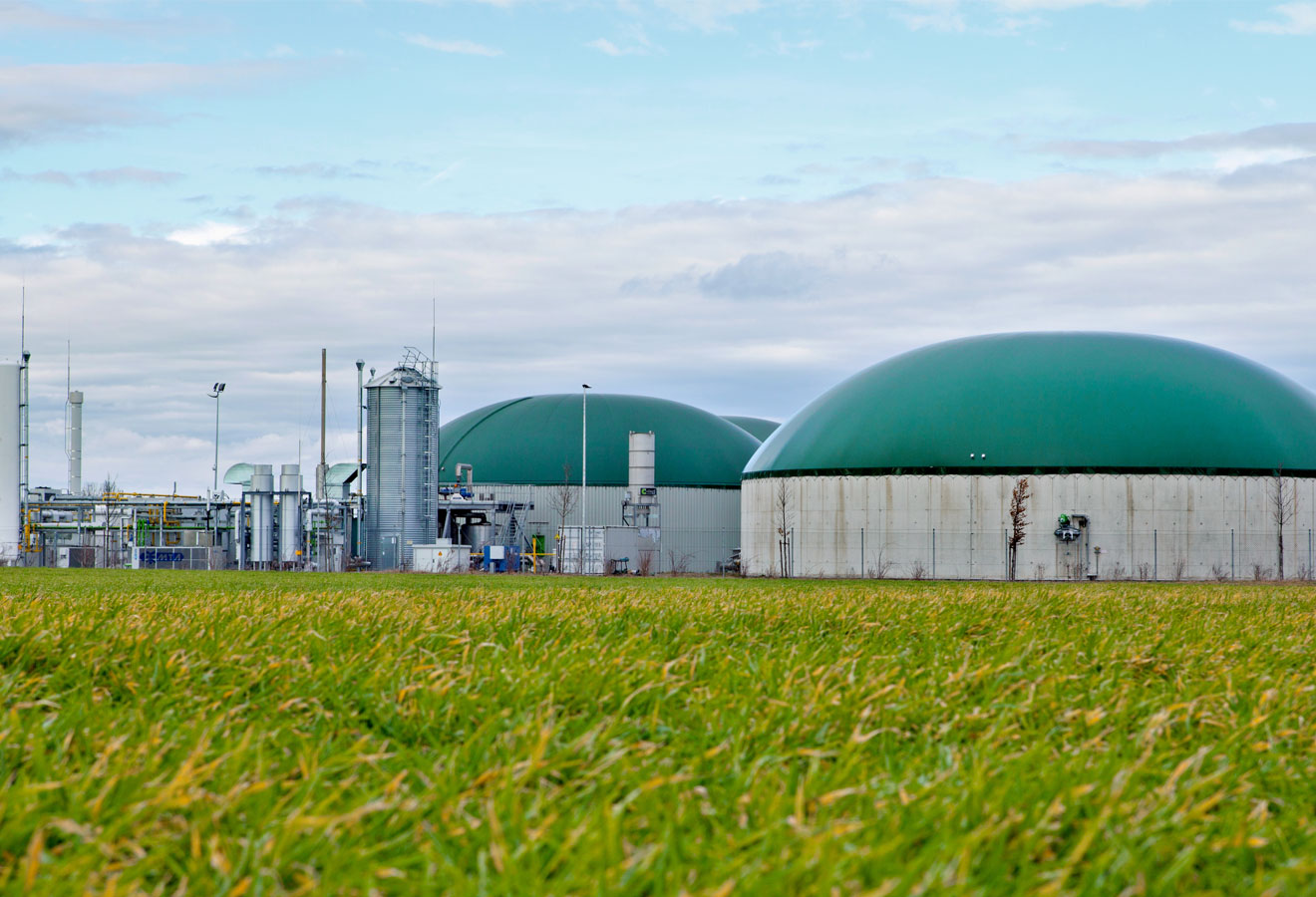
Biogas
Biogas plants use organic waste from agricultural, urban or industrial activities, as well as energy crops, as raw material. It is an anaerobic biological process of decomposition of organic matter in the absence of oxygen in digesters, closed reactors containing material in a solid gaseous state, obtaining biogas and digestate. The digestate is used in agriculture as a fertilizer. The biogas is used for the production of electricity or can be injected into the natural gas network or bottled.
Biogas plants use organic waste from agricultural, urban or industrial activities, as well as energy crops, as raw material. It is an anaerobic biological process of decomposition of organic matter in the absence of oxygen in digesters, closed reactors containing material in a solid gaseous state, obtaining biogas and digestate. The digestate is used in agriculture as a fertilizer. The biogas is used for the production of electricity or can be injected into the natural gas network or bottled.
IR A PROYECTOS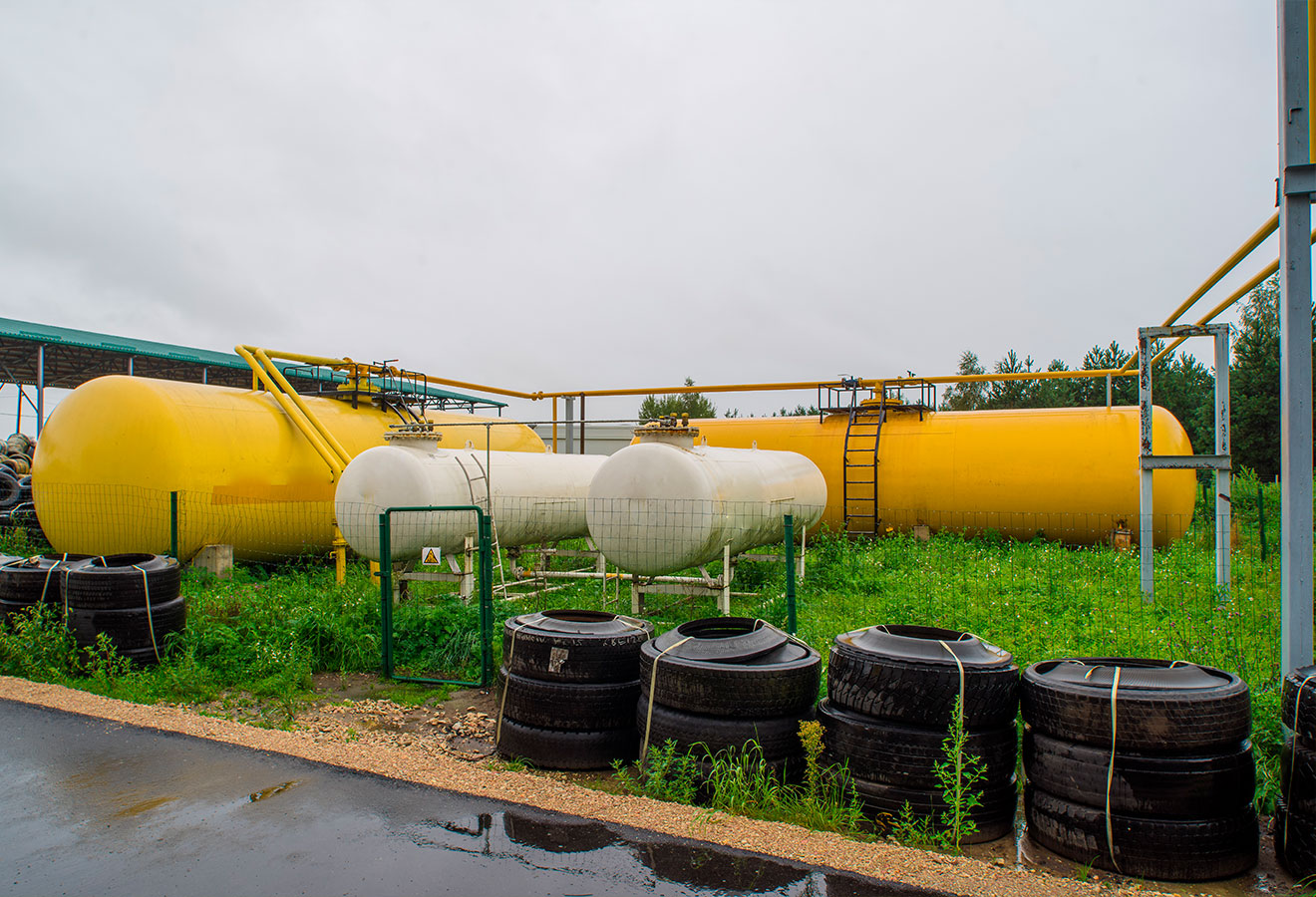
Pyrolysis
Las plantas de pirolisis utilizan como materia prima residuos urbanos, industriales o agrícolas. Pyrolysis plants use urban, industrial or agricultural waste as raw material. Energy is produced through a thermal pyrolysis process in the absence of oxygen. The final product is electrical energy or a synthesis gas that can be injected into the gas network or bottled.
Our Waste to Energy Plants projects
Throughout these years we have carried out numerous projects in this activity.


 Electrical Infrastructures
Electrical Infrastructures 
 Industry
Industry Gas to Power
Gas to Power